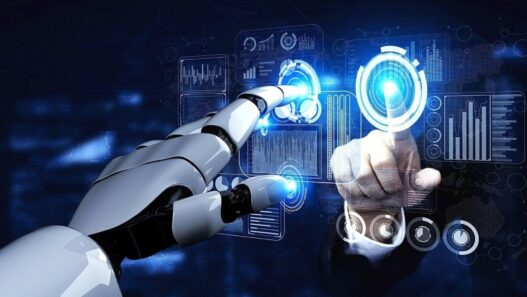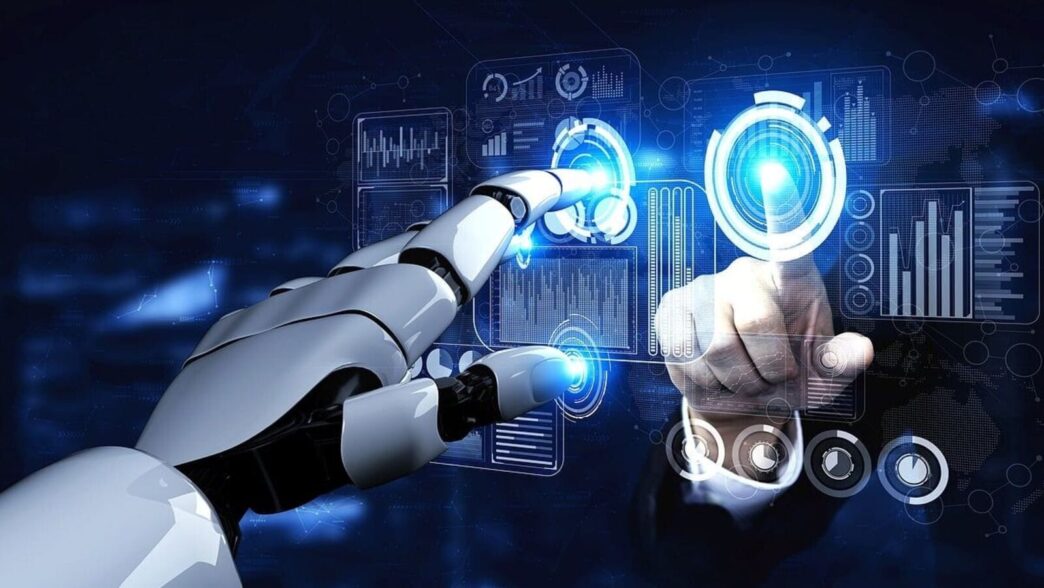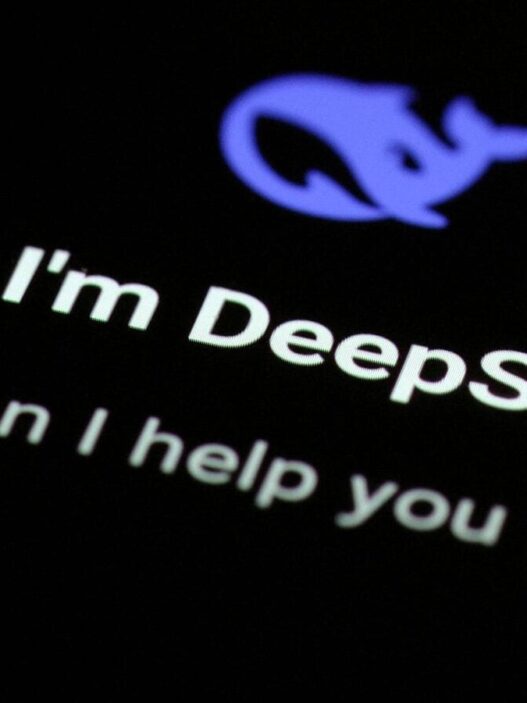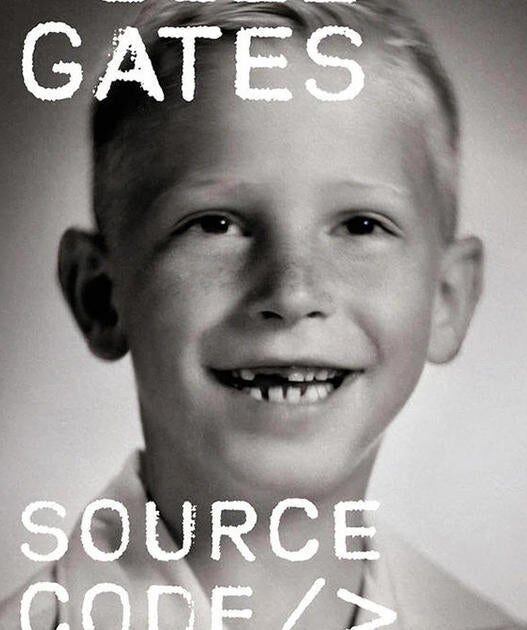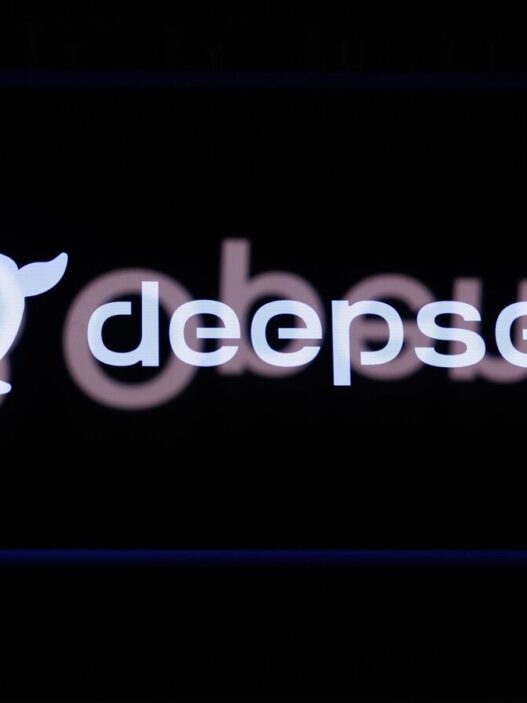Inside the robotics laboratory of the Toyota Research Institute (TRI) in Cambridge, Massachusetts, a group of robots are busy cooking. There is nothing special about that; robotic chefs have been around for a while. But these robots are more proficient than most, flipping pancakes, slicing vegetables and making pizzas with ease. The difference is that instead of being laboriously programmed to carry out their tasks, the Cambridge robots have been taught only a basic set of skills. Using the wonders of artificial intelligence (AI), they quickly improved upon those skills to become far more dexterous.
Despite their extraordinary culinary capabilities, these robots are not destined for a career in catering. “If you give a robot the confidence to work in a kitchen, it will also have the confidence to work in a factory or a person’s home,” says Gill Pratt, Toyota’s chief scientist. Cooking involves lots of complex tasks, such as picking up and placing items, pouring liquids and mixing ingredients. All this makes a kitchen an ideal training ground for experimenting with a new method of using generative AI to train robots known as “diffusion policy”.
Diffusion, already used to help AI models generate images, has been developed as a way to speed up the training of robots by TRI and roboticists at Columbia University and the Massachusetts Institute of Technology (MIT). To explain how diffusion works, Russ Tedrake, TRI’s vice-president of robotics research and a professor at MIT, uses a typical kitchen task: teaching a robot how to load a dishwasher, once its fellow machines are done with their cooking.
Traditionally, robots are programmed with reams of computer code. This can be produced manually or created by remotely moving the robot’s arms and hands to replicate the actions required. A robot in Cambridge, equipped with camera eyes and touch sensors to provide feedback, was taught in the remote-control manner to pick up dishes and stack them in the dishwasher. This involved about 100 such demonstrations, each slightly different, to deal with the various items and how they should be stacked.
Yet even 100 demonstrations are not enough to cover every eventuality, which is where diffusion comes in. The process is a bit like learning how to build a gizmo by taking it apart and trying to reassemble it. For image generation, this involves adding random “noise” to a picture until it becomes unrecognisable and then reversing the process to learn the steps involved in generating a new, realistic image.
For robot training, the AI uses the actions it has been taught to randomly generate potential new movements, which are then refined into useful actions that can deal with new environments. That could be how to pick up a plate placed at an unusual angle or an oddly shaped bowl. The robot will keep trying new actions until it succeeds in its task. By using diffusion Dr Tedrake says it was possible to train a robot in a couple of hours to load a dishwasher, whereas programming one conventionally would have taken a year or more.
Having got diffusion to work for a variety of different tasks, the researchers are now trying to bring hundreds of such tasks together into what they call a large behaviour model (LBM). This will be analogous to a large language model (LLM), which is used to power AI services like ChatGPT. Instead of generating answers to questions based on information which an LLM has been trained on, an LBM contains sets of behaviours which can be used to generate new behaviours. In its simplest form, this means the skills involved in picking groceries from supermarket shelves (which one of the Cambridge robots has learned how to do) can also be used to select components in a factory making cars.
These new skills, once acquired, can then be transferred wirelessly from one robot to another using what is called “fleet learning”. This will also help speed up robot training. In time, even basic training could be made faster and simpler. Instead of having someone move its limbs remotely, the robot could simply watch someone demonstrate how a job is done.
To further this work the TRI, which is based in Silicon Valley, recently teamed up with Boston Dynamics. Widely seen as one of the world’s leaders in developing walking robots, Boston Dynamics is working on a lighter and smaller version of Atlas, its hulking humanoid, which can run, jump and even perform cartwheels. The new Atlas will provide an agile robot which the TRI aims to equip with an LBM.
The idea is that, initially at least, these robots will be deployed in factories, most likely making vehicles (both the TRI and Boston Dynamics are part of big carmakers: Toyota is Japan’s largest carmaker and in 2021 Hyundai, a big South Korean producer, bought a majority stake in Boston Dynamics). Factories are a relatively structured environment in which automation is already widely used, which makes the introduction of AI-powered humanoids easier. Humanoids are widely seen as the most efficient shape to use in a human-built environment, rather than wheeled or tracked robots. The same is true in homes.
Eventually the car factories could themselves mass-produce robots, which would bring prices down and allow their introduction into other areas, such as helping care for the elderly and people with disabilities. Elon Musk appears to have a similar strategy planned for Optimus, a humanoid AI-powered robot being developed by his electric-car company, Tesla. Mr Musk has not revealed any details about the form of AI which Tesla is using.
All this may seem to herald a future in which humans are no longer required in factories. But, says Dr Pratt, as manufacturing becomes more flexible, and a greater variety of products are made on the same line, factories will become ever more reliant on a human workforce to manage the changes and maintain the robots. Many hands make light work.
Catch all the Technology News and Updates on Live Mint. Download The Mint News App to get Daily Market Updates & Live Business News.
MoreLess

